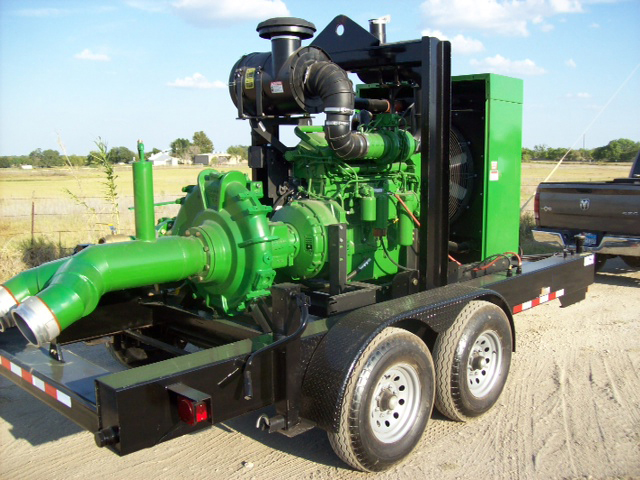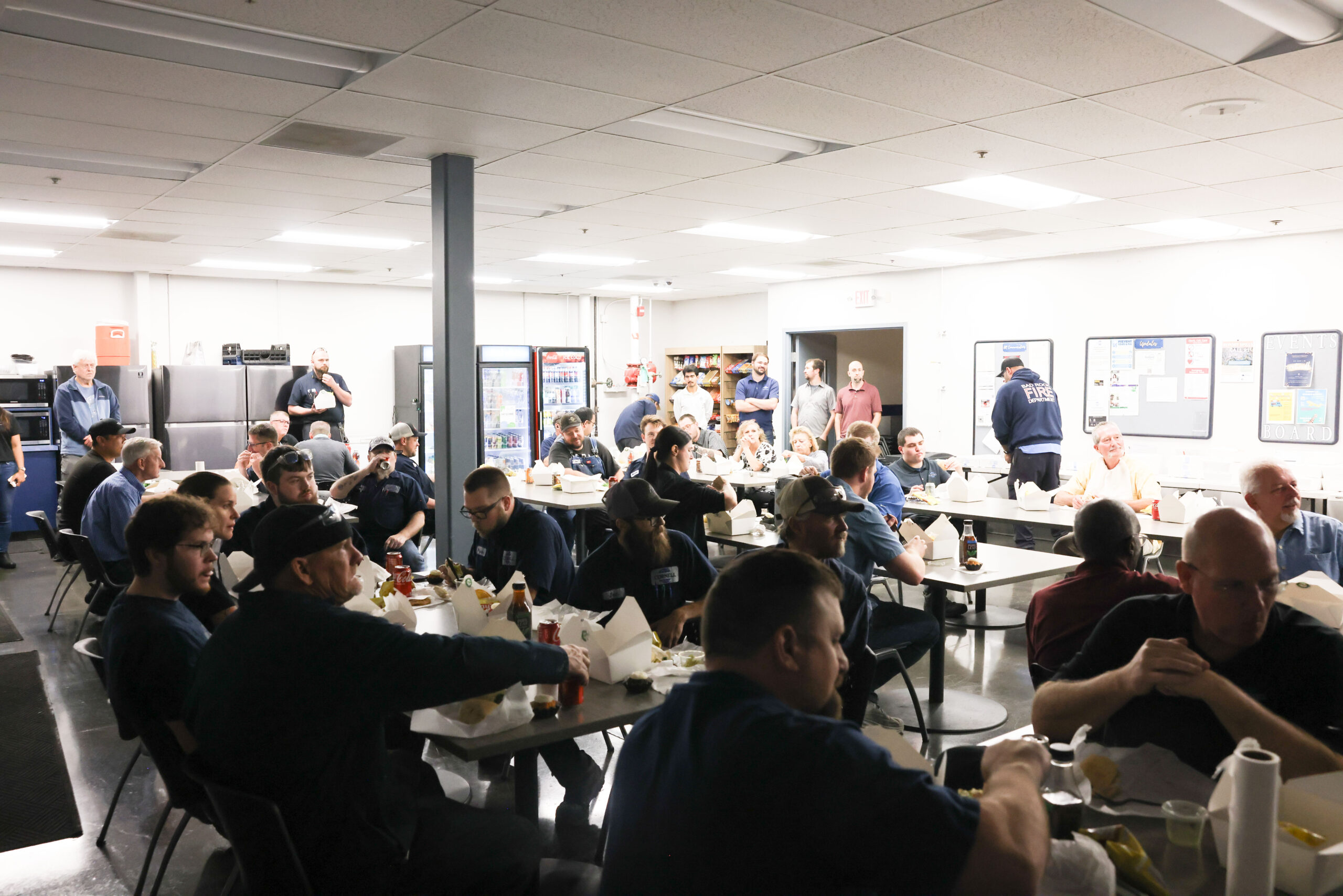 Saves Money on Energy and Maintenance Expenses:
Saves Money on Energy and Maintenance Expenses:
A Gulf Coast based pump supplier of Cornell, one of the leading suppliers to the shale fracturing industry, had a customer that faced piping hydraulic fracturing water transfer with multiple pumps. New Cornell pumps helped pump more efficiently with lower fuel costs.
The company operated six miles of twin 8” pipeline with 100’ of positive elevation change over the length of the pipeline. To supply the water, the company needed to pump 100 barrels of water per minute (4200 GPM) through the pipeline.
 The water transfer company had nine 6NHTB’s on site to do the job. Three of the 6NHTB’s were sitting at the water source as the supply pumps. Spaced along the twin 8” pipelines were six more 6NHTB’s at various intervals to boost the pressure. This required significantly more labor to initially set, maintain and monitor nine pumps than the solution pumps.
The water transfer company had nine 6NHTB’s on site to do the job. Three of the 6NHTB’s were sitting at the water source as the supply pumps. Spaced along the twin 8” pipelines were six more 6NHTB’s at various intervals to boost the pressure. This required significantly more labor to initially set, maintain and monitor nine pumps than the solution pumps.
After Cornell and the dealer analyzed the specifications for the system, a option was recommend that cut the number of pumps needed to three. The solution was to place an 8NHTH at the water as a supply pump and to place one 6822MX on each 8” pipeline as booster pumps. Not only did this cut the number of pumps by two thirds, but it also drastically reduced diesel fuel consumption on the project.
The 6822MX is part of Cornell’s high head “MX” line of mining pumps that was first introduced 2010. The “MX” line of pumps boasts industry-leading performance with flows up to 8,000 GPM and heads up to 800’ TDH. They are available in 2” to 8” discharge charge sizes and include ductile iron castings with CA6NM impellers.
While the 8NHTH is not a new pump for Cornell, it is relatively new to the oilfields. It is a 10X8 pump that boasts a maximum 20.50” impeller with a max flow of 8400 GPM and a shutoff head of 460’. This impressively solid pump has wide flow range with excellent efficiencies.
Since being introduced into the oilfields by the supplier in 2011, the “MX” pumps and the 8NHTH have substantially changed the way many of these difficult projects are approached. It is no longer necessary to stack large numbers of pumps to do long pipe runs or drastic elevation changes. These pumps have become staples of many oilfield companies’ product offerings.




